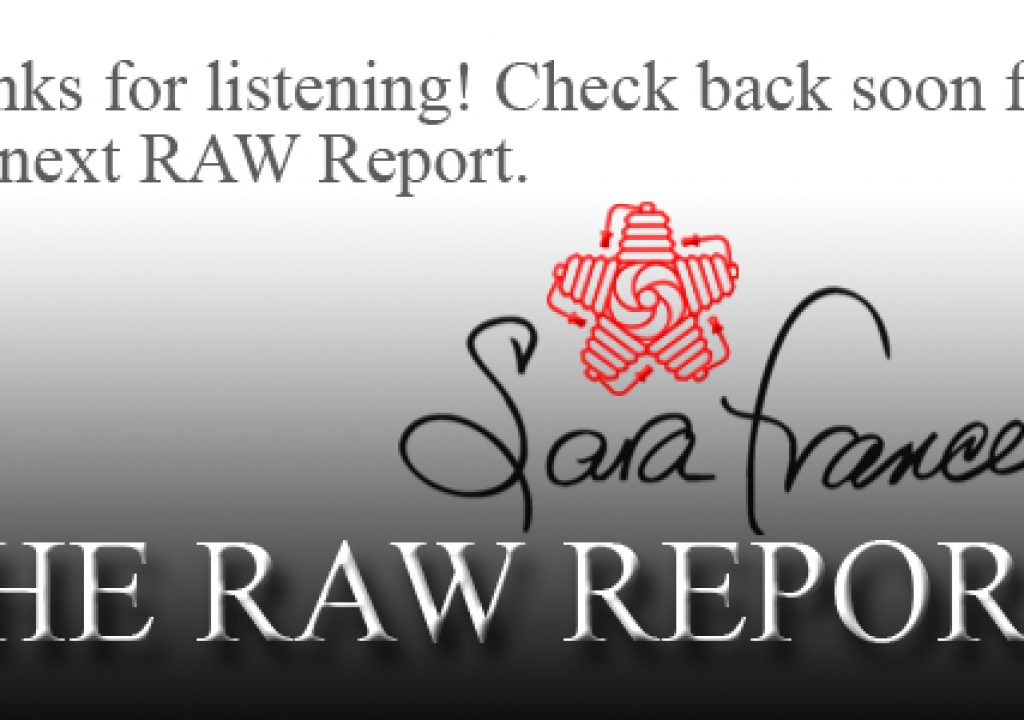Creating a firm relationship with a retouch outsource removes the fear of placing your image files in unknown hands.
Strangers no longer! Art professions are traditionally perceived as hands-on, hand made, raw materials to finished art work. Digital photo and video just changed the tools and expanded the options – otherwise art is still art. This is the 3rd article in a series of conversations with Neale Narang of ReddyRetouch.com.
Neale:
Specialization and the inspirational process have a lot to do with why outsourcing of retouching and enhancement is the right choice for a majority of photographers.
RAW Report:
Here’s my logic: Imagine you are a famous living architect. Frank Gehry, Michael Graves, IM Pei, Enzio Piano, Daniel Liebeskind. All these superstars use every CAD/CAM advantage available; they have armies of associates to perfect the engineering, draft construction plans, deal with municipal regulations and expectations. Why do we hire them if the staff does all the heavy lifting? We hire them for the genius of their designs, which, more often than not, are first conceived and sketched on cocktail napkins. And we hire them for their ability to communicate and instruct their staffs to realize their inspiration in granite, glass and steel.
Neale:
This is a great analogy. It’s exactly what I’m talking about, and it’s our company mission to Ready Retouch. We see what we do as freeing the photographer to have more time to exercise creativity, and at the same time save money. The key to all of this is the creation and nurturing of a relationship that functions seamlessly with very little requirement for repetitive instructions. After the initial period of getting acquainted with personal style, color and enhancement preferences, of course.
RR:
Everything does tend to go in a circle. In film days, our lab relationship was the most important thing in our studio life. We knew every employee by name, visited several times a day, and as a large client we enjoyed the privilege of heading right into the production area. No standing in line for us!
Neale:
Just because digital postproduction gives the individual the power to essentially be an in-house lab, that does not mean she should! Photographers got fascinated playing in the Photoshop “light room”, abandoning the advantages of outsourcing that previously made their businesses run. And that’s when they started losing money.
RR:
Obviously it’s time to take a hard look at the bottom line and remember the value of the lab relationship. So if photographers are re-discovering the economy and speed of outsourcing, then the question is, why outsource to India.
Neale:
Of course! Cost plays a major role in outsourcing to India. However, if everything were just based on cost, then probably there are cheaper places than India where one can outsource retouching.
Reasons we have been successful from India:
Our owner has worked in the photography business in the USA for 14+ years
We have a close understanding of the quality and customer service expectations of the USA photo studio client
English is the primary language in the Indian business world, making both written and verbal communications very strong as compared to other countries
RR:
Like most small business people, I’m relationship driven in two ways, toward both my clients and my suppliers. I’ve gotten over (or at least an trying to get over) the fear that if the retoucher isn’t me or located right in my office, the result won’t measure up. THis is simply wrong thinking.
Years ago, I remember watching in alarm while a retoucher stood working in a studio reception area. She was alternately spraying a print with noxious retouch lacquer and drawing with colored pencils. The photographer occasionally broke away from a client meeting to give her instructions. Can you imagine the stink?! And the health hazard? This vivid memory complete with virtual headache makes me so happy to be digital – but the lesson remains the same. Outsourcing is good.
Neale:
That’s quite a story. Thankfully we’ve now got a global economy and immediate communications.
ReadyRetouch acknowledges and incorporates the dynamics of consistency and active listening, and hence we have structured our offerings to our clients accordingly. We want to be part of a solution, and have a partner relationship with clients.
How to align photographer intent with finishing? There are lots of details about what we can do now that are not generally known. And we want to hear about a photographer’s niche or innovations. By knowing a photographer’s strengths and specialties, that is how we can suggest how outsourcing can be beneficial, and how ReadyRetouch in particular can be a team player.
Most critical is the communication. It is our method to assign a dedicated team/same set of retouchers to work for each client. This ensures consistency in quality and allows us to adjust to client’s tastes, which will also change with trends and of course subject matter. Once we have a base of understanding of requirements, things should work smoothly, almost without much communication, though we welcome and advocate written instructions or marked up email proofs.
RR:
I can see how the ReadyRetouch team member is empowered to contribute to the success of each and every project. Just what I’d look for in any employee. And without the fear of image theft or competition.

